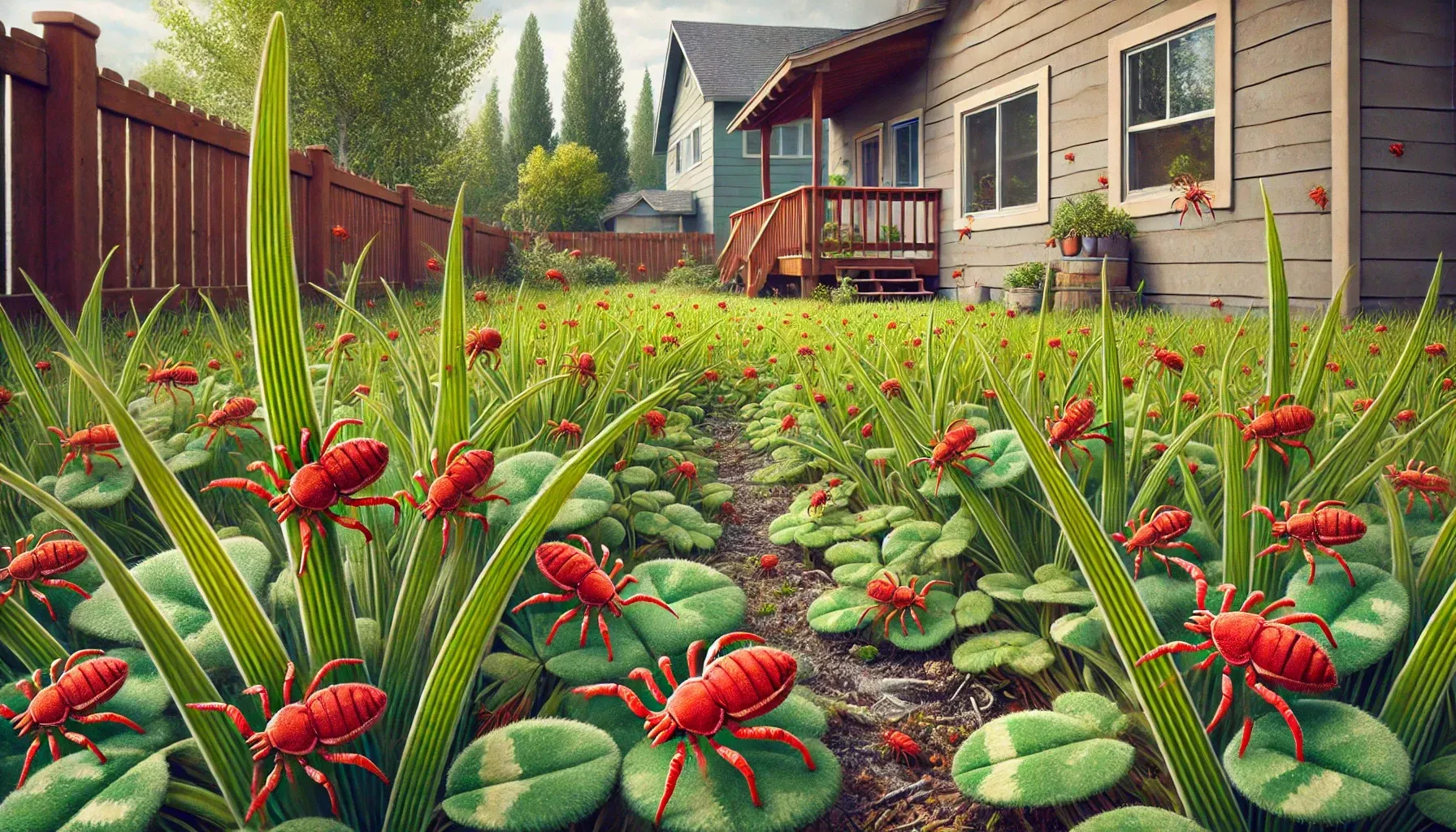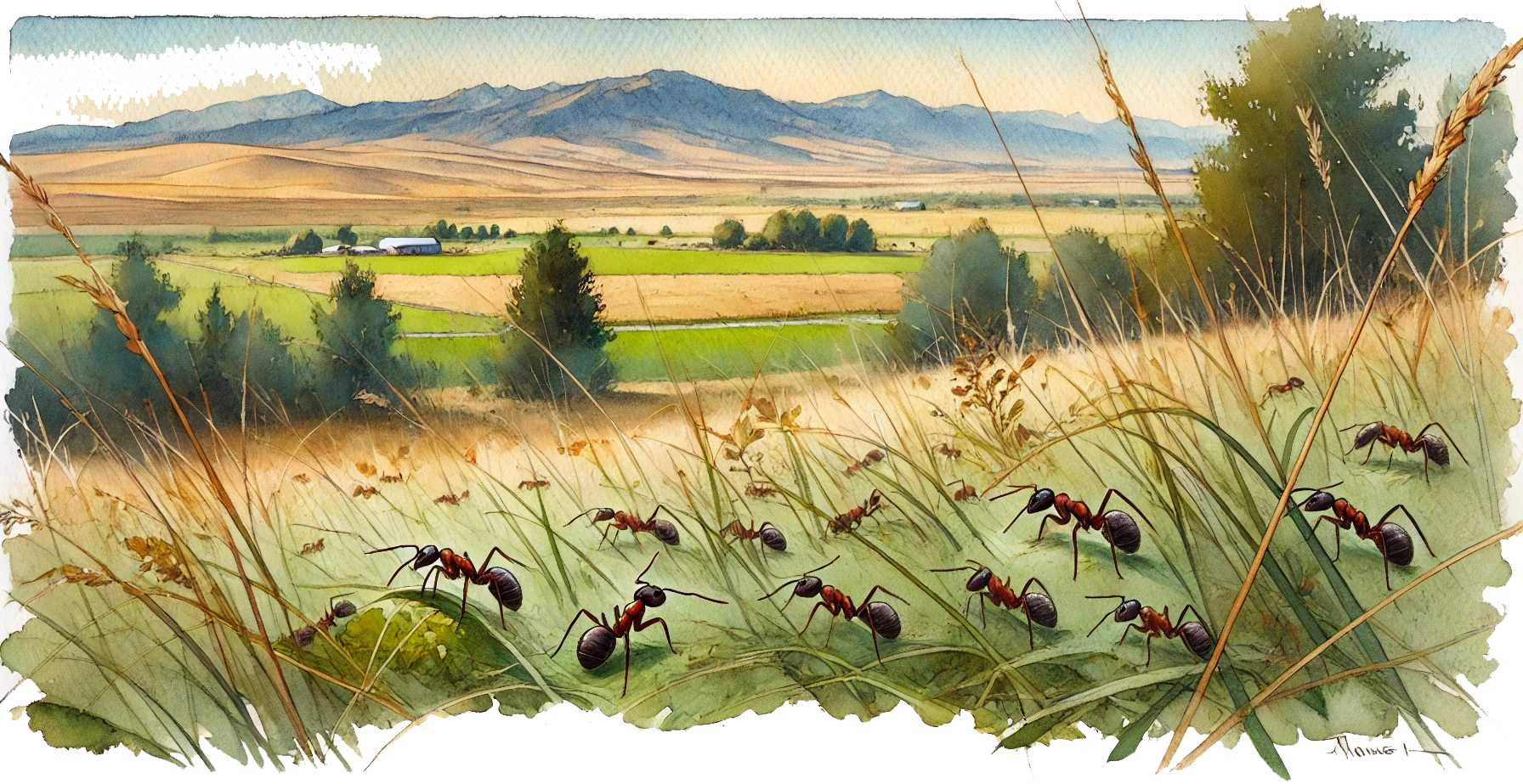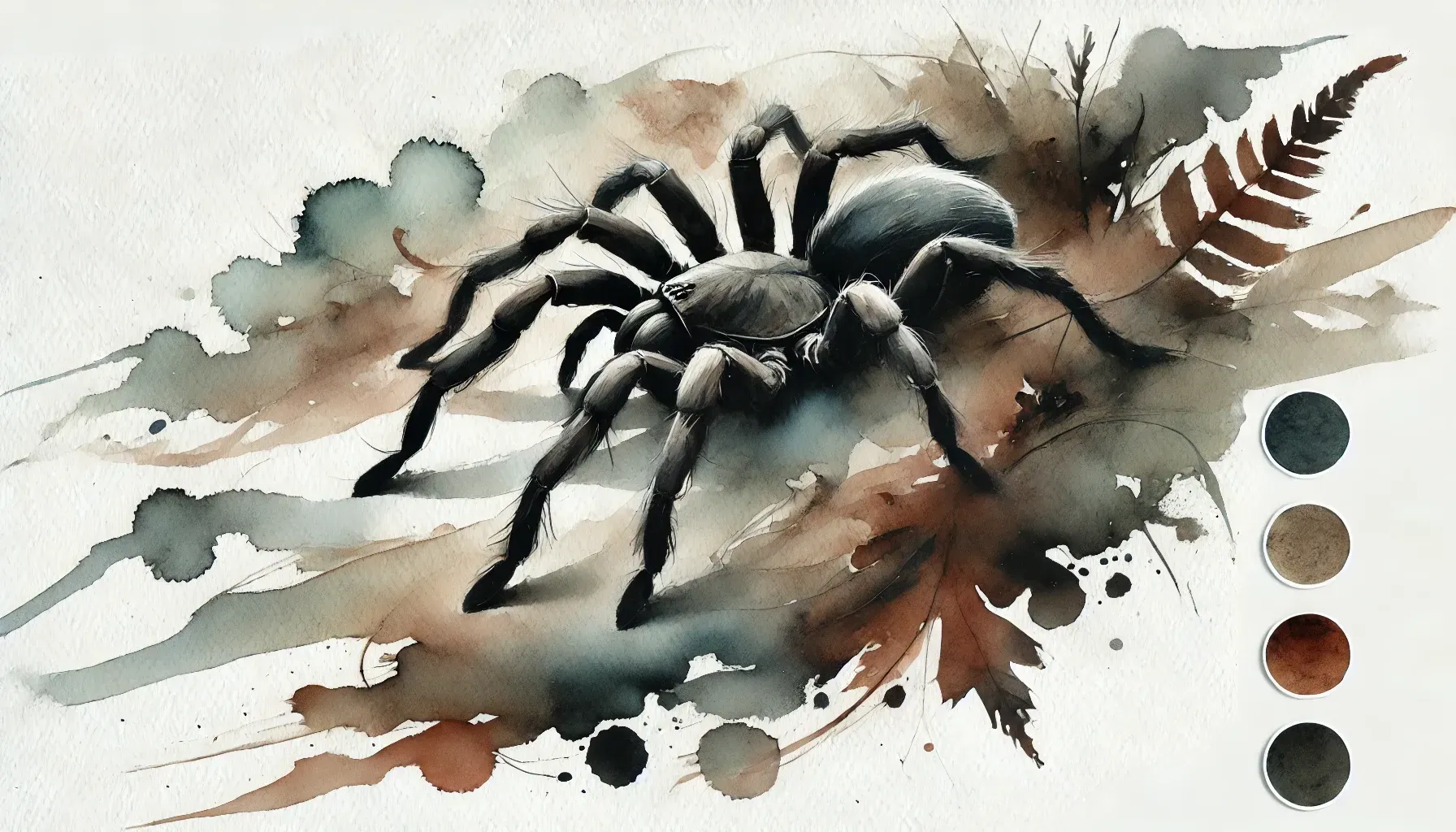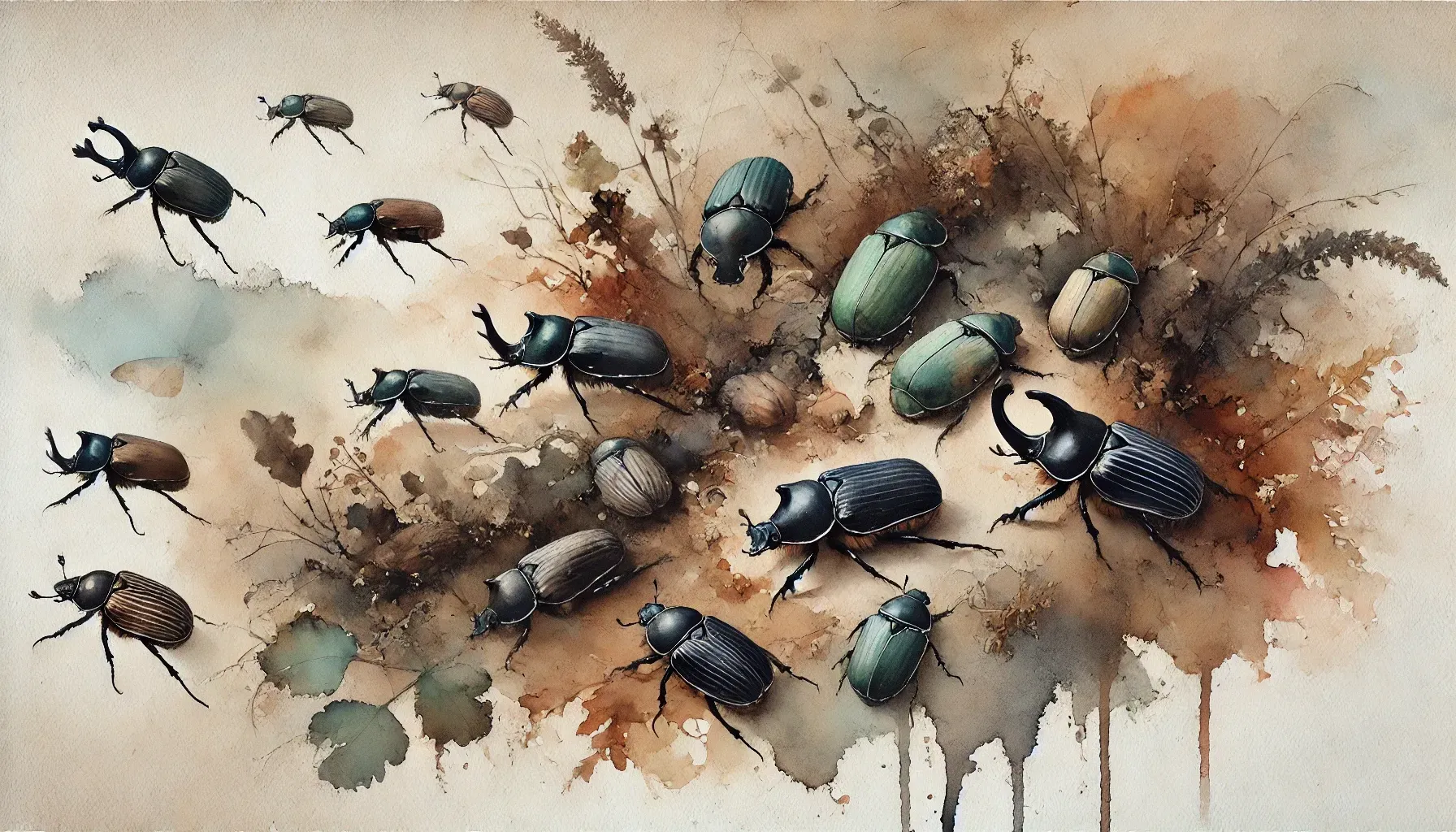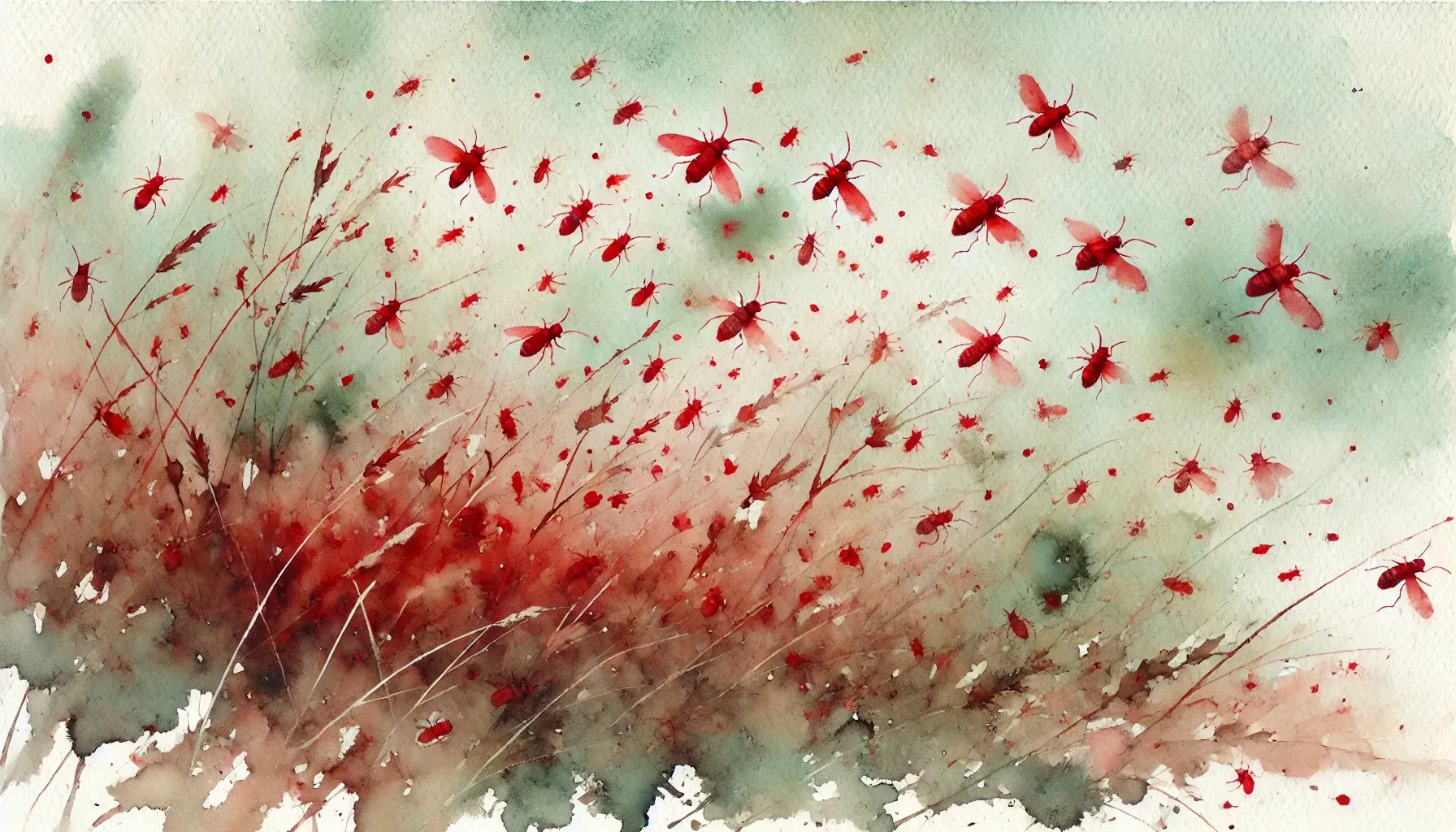The yellow sac spider (Cheiracanthium spp.) is a small, pale-yellow arachnid commonly found across North America, including in Idaho. These spiders are known for their nocturnal habits and for the distinctive silk sacs they create as retreats, which are typically found in crevices, corners, or behind furniture. While their bites are generally not dangerous, yellow sac spiders can be a source of concern for homeowners due to the painful reactions their venom can sometimes cause. In this article, we'll explore the behavior, potential risks, and the importance of professional spider control when dealing with these spiders.
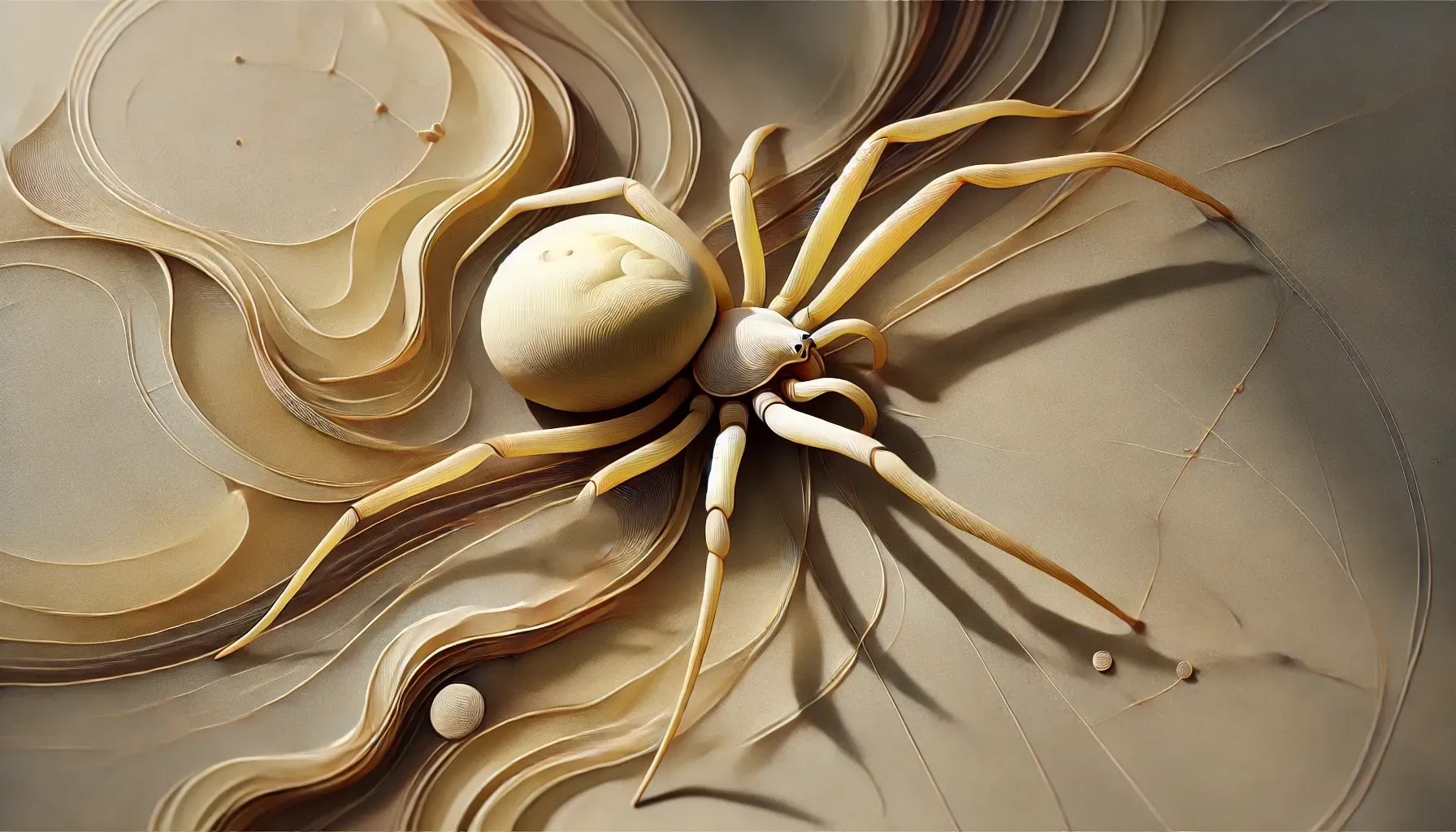
Identifying the Yellow Sac Spider
Yellow sac spiders are small, with bodies measuring about 1/4 to 3/8 inches in length. They are typically light yellow or beige, with slightly darker markings on the mouthparts and at the tips of the legs. These spiders are not web-weavers like many others; instead, they create silken sacs where they rest during the day and emerge at night to hunt for insects. These sacs can often be found in wall corners, ceilings, window frames, or behind objects in homes (Röggla, 2017).
Behavior and Habitat
Yellow sac spiders are active hunters that prey on other insects. They are nocturnal, often wandering in search of food during the night, which is when most human encounters occur. During the day, they retreat to their silk sacs, which serve as a temporary shelter. They prefer areas where they can remain undisturbed, such as basements, attics, or around windowsills, and they often enter homes through small gaps or cracks in the building's exterior.
In nature, yellow sac spiders typically reside in grasslands, forests, or shrubbery, but human homes provide ample food and shelter, leading to frequent indoor sightings.
Bite Risks and Symptoms
While yellow sac spiders are not considered medically significant like the brown recluse or black widow, their bites can still be unpleasant. The venom of a yellow sac spider contains cytotoxins, which can cause localized tissue damage, leading to a red, swollen, and painful bite site. Bites are typically not severe and usually heal without medical intervention, but in some cases, symptoms such as nausea, fever, and muscle cramps have been reported. A bite may leave a small, ulcer-like wound that can take a few weeks to heal (Varl et al., 2017).
Challenges of DIY Spider Control
While it's tempting to try to manage spider populations on your own, yellow sac spiders can be challenging to control through DIY methods. Their preference for hiding in hard-to-reach areas makes them difficult to target with over-the-counter insecticides. Additionally, these spiders are resilient and may continue to return unless their entry points and food sources are properly managed.
Professional spider control offers a more comprehensive approach. Experts can inspect the home to identify potential entry points, such as cracks in windows or doors, and seal them to prevent further spider intrusions. Additionally, professionals use targeted insecticides that effectively eliminate not only the spiders but also their insect prey, reducing the likelihood of their return (Krehenwinkel et al., 2016).
Benefits of Professional Pest Control
Professional pest control services are essential in managing yellow sac spider populations, especially when infestations are persistent. A licensed exterminator can:
- Properly Identify the Species: Not all spiders are dangerous, but accurate identification is important. A pest control expert can distinguish between harmless house spiders and potentially more harmful species like the yellow sac spider.
- Target Entry Points: Professional services often include sealing gaps and cracks in the building's structure to prevent further spider entries.
- Safe and Effective Treatments: Pest control professionals use insecticides that are more effective and safer for humans and pets compared to over-the-counter options. These treatments are applied in a way that minimizes exposure to non-target species.
- Ongoing Monitoring and Prevention: Many pest control services provide ongoing monitoring to ensure that spider populations remain low and that the home remains free from further infestations.
Yellow sac spiders may not be the most dangerous arachnids, but their presence in homes can still be a nuisance and a cause for concern. For peace of mind and long-term prevention, seeking professional pest control is often the best solution to manage these small but bothersome creatures.
Works Cited
Krehenwinkel, H., Rödder, D., Năpăruș-Aljančič, M., & Kuntner, M. (2016). Rapid genetic and ecological differentiation during the northern range expansion of the venomous yellow sac spider Cheiracanthium punctorium in Europe. Evolutionary Applications, vol. 9, pp. 1229-1240. https://onlinelibrary.wiley.com/doi/10.1111/eva.12392.
Röggla, G. (2017). Yellow sac spiders. Wiener klinische Wochenschrift, vol. 130, pp. 76. https://link.springer.com/article/10.1007/s00508-017-1288-6.
Varl, T., Grenc, D., Kostanjšek, R., & Brvar, M. (2017). Yellow sac spider (Cheiracanthium punctorium) bites in Slovenia: Case series and review.
Wiener klinische Wochenschrift, vol. 129, pp. 630-633.
https://link.springer.com/article/10.1007/s00508-017-1217-8.
Contact Today For $100 Off Your Initial Service!
⭐⭐⭐⭐⭐
Backed by our Bigfoot Guarantee!
What Customers Are Saying:
"Everyone from Bigfoot is awesome. They are always on time. They're extremely thorough. I've not had a single issue in the two years they have been treating our home. Well worth it!"
T. Potter | Meridian, ID
